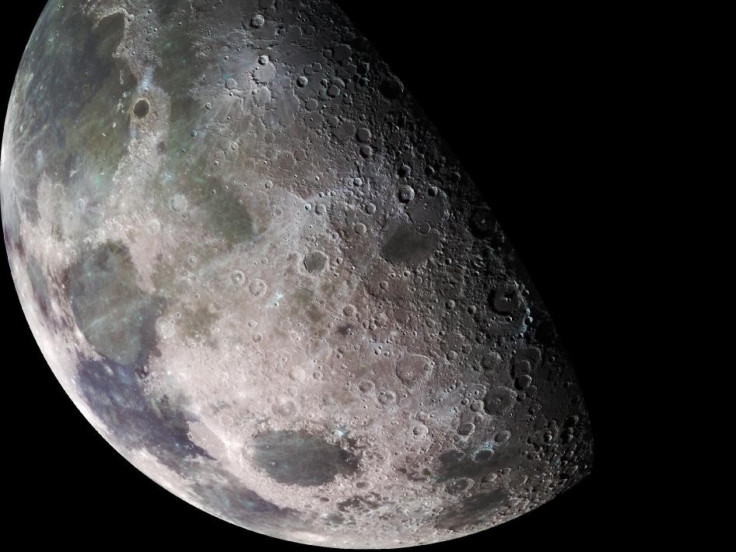Moon Rock: Sample Reveals Earth?s Moon May be 200 Million Years Younger

Tests performed on a moon rock sample have led an international team of scientists to suggest that Earth's moon is either 200 million years younger than widely believed or it has evolved differently over time.
It is commonly believe that the moon formed some 4.5 billion years ago from debris emitted into space, following a crash with a Mars-size object and the Earth. The hot blanket of magma then solidified over anywhere between tens of thousands and some million years, many researchers have suggested.
But the international scientists tested moon rock samples collected by NASA's 1972 Apollo 16 mission landings - paying particular focus to ferroan anorthosites, which are considered the oldest moon crust rocks.
The researchers didn't use one method to test the radioactive decay. Instead, they used three to analyze isotopes of lead, samarium and neodymium within purified samples of these rocks
The different isotopes decay at different rates, and each method provided a somewhat different measuring stick, the Los Angeles Time reported.
All isotopes of an element have the same number of protons, but it is the number of neutrons they have that make them differ from each other.
The scientists found that the three calculations resulted in similar ages, which is an average of about 4.36 billion years.
"We all looked at one another and laughed," lead author Lars Borg, a geochemist at Lawrence Livermore National Laboratory in Northern California, told the Los Angeles Times.
This means the moon might either be significantly younger than researchers suspected, or the fundamental notion of the moon's magma ocean might have formed and cooled more recently that scientists thought.
Clive Neal, a planetary geologist at the University of Notre Dame, suggests that there may be other explanations for the rock's apparent youth.
In one possible scenario, the dense minerals that formed atop a relatively frothy bit of the moon's primordial crust, still floating on a sea of molten rock, could have rendered the island unstable, a press release stated. Then, like a top-heavy iceberg, that bit of crust could have flipped over, causing the minerals to melt and then recrystallize, in essence resetting the clock and giving a false impression of when the moon actually formed.
Nevertheless, Neal noted that lunar samples are still giving us wonderful insights decades after they were brought back to Earth.
The possibility that future analytical techniques can yield even more precise answers reinforces the notion that such samples must be preserved for posterity, he added.
"Moon rocks are the gifts that keep on giving," Neal said.
© Copyright IBTimes 2024. All rights reserved.












